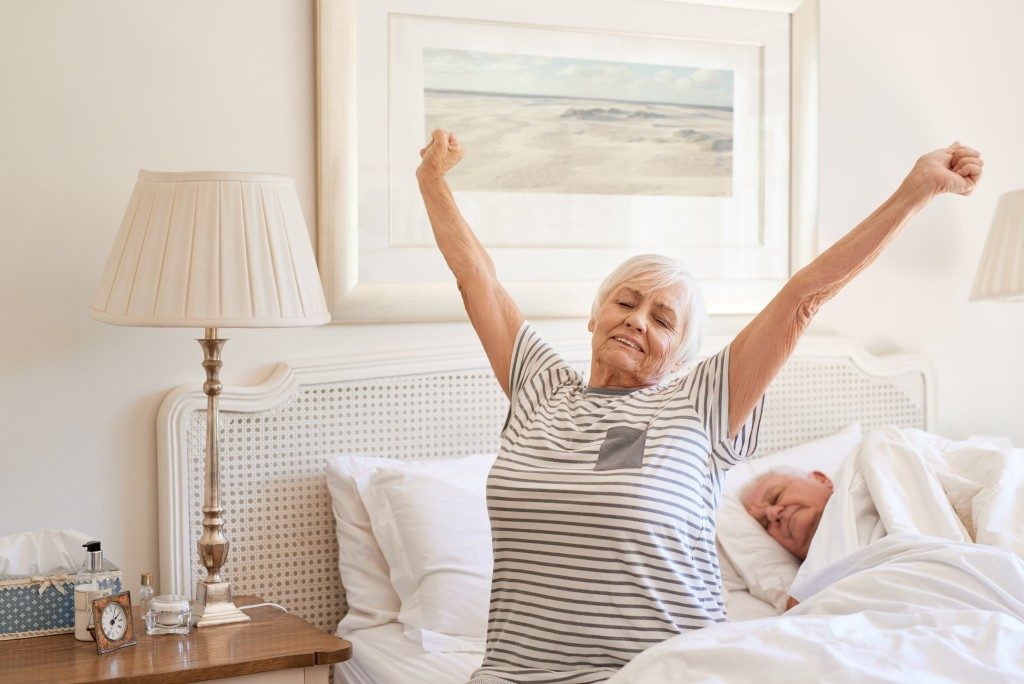As people age, living independently can be a challenge. Aging can hinder people from doing the things they used to enjoy when they were younger. Seniors are also prone to age-related diseases that affect how their mind and body function, including cardiovascular diseases, dementia, and Parkinson’s disease, among others.
The Senior Population is Growing
The population of seniors in the United States was about 47 million as of 2017. This number is likely to increase up to 96 million by 2060, according to a report by the Population Reference Bureau (PRB). This rapid increase is due to the size of Baby Boomers or people born between 1946 and 1964.
This increase in population will result in a higher demand for elderly care, including assisted living and in-home care. Business Insider reported that the home care market in the country would likely grow from $100 billion in 2016 to $225 billion by 2024.
The growing volume of patients can worsen the existing labor shortage of senior care providers in the US. Hospitals’ non-capital costs are labor, which is also the largest driver of operating expenses.
Experts believe digitalization in the industry can help resolve the problems in labor shortage. Senior care franchises should invest in modern digital healthcare technologies that can lower costs, improve care quality, and build a more sustainable business model.
Helping Seniors Live Independently
Independent living is a housing arrangement designed for seniors. The type of housing can be apartment-style or freestanding homes as long as they’re friendly to aging adults. An ideal accommodation should be easier to navigate, and no maintenance work is needed.
For your senior loved ones, you can find communities that have amenities, activities, and services. Seniors often have access to recreational centers that allow them to connect with their peers and participate in community activities, like arts and crafts, continuing education classes, and holiday gatherings, among others.
Some independent living facilities also have amenities, such as a swimming pool, tennis court, and fitness center. Most facilities don’t offer medical care or nursing staff because they cater to seniors who need little or no assistance with daily activities.
Promoting Healthy Aging

According to the World Health Organization (WHO), healthy aging focuses on the development and maintenance of the functional ability that maintains wellbeing in older age. The agency further explains that functional ability refers to having the capabilities to be and do what they wish, including:
- Meeting their basic needs
- Making decisions
- Being mobile
- Building and maintaining relationships
- Contributing to society
Additionally, an active lifestyle can help seniors stay strong and healthy. They can perform exercises and physical activities appropriate to their age. These activities fall into four categories:
- Endurance – this helps increase breathing and heart rate. It helps maintain your loved one’s heart, lungs, and circulatory system healthy and enhance overall fitness.
- Strength – activities under this category make muscles stronger. They help your loved one live independently and perform daily activities.
- Balance – this helps improve the balance of your loved one to prevent falls. Balance exercises may include standing on one foot, Tai Chi, and heel-to-toe walk.
- Flexibility – these exercises stretch the muscles and help the body to stay limber. Flexibility allows seniors to move freely to carry out daily activities.
Aging is inevitable, but with the right lifestyle and care, anyone can enjoy healthy and fun senior years. If you or a loved one is about to enter their senior years, start your preparations early to make the most of their independent living arrangement and find the right facility that can provide their needs.

